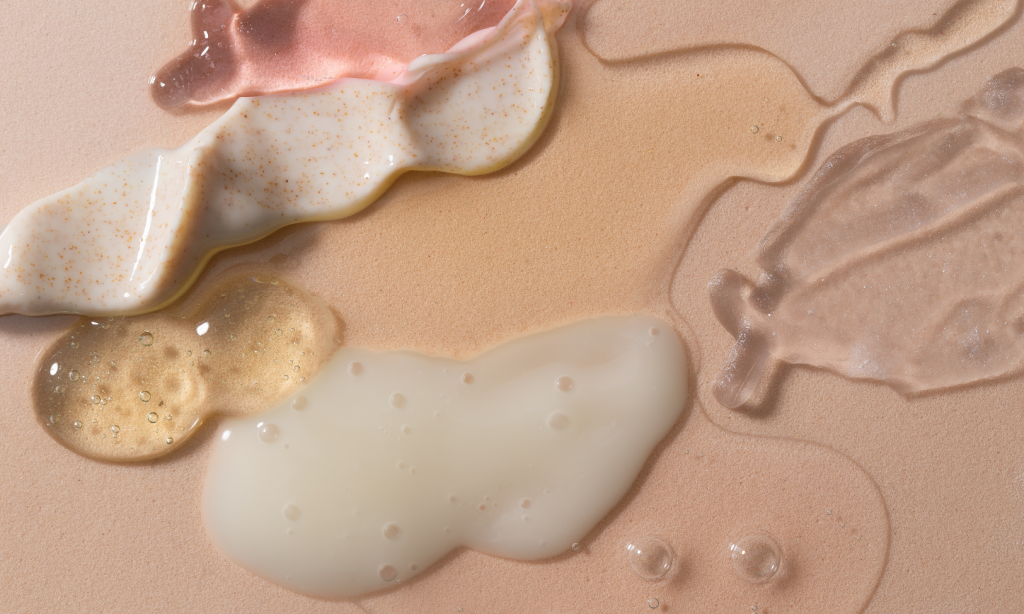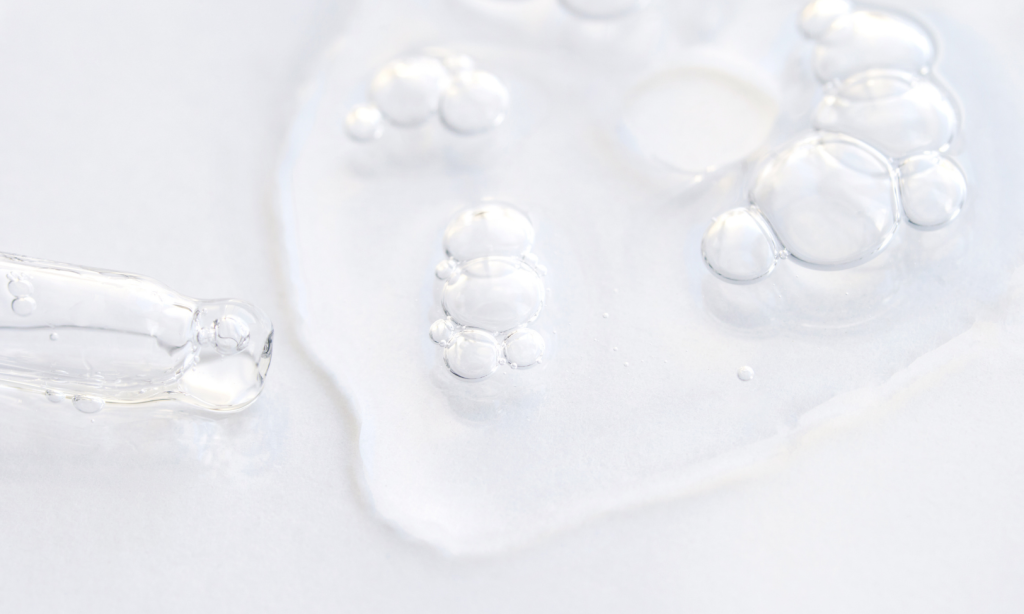
ou may also have noticed that your cervical mucus/discharge changes in the different phases of your cycle. This is completely normal and nothing to worry about. That's why today we're going to take a closer look at what it says about your cycle and your fertility.
What is cervical mucus anyway?
You are your Cervical mucus most likely simply known as discharge from your vagina, which is what it is visible as. But where exactly does it come from? It is a secretion that is produced in the glands in the cervix uteri. During your infertile days in your cycle, the cervical mucus forms a mucus plug that closes the cervix and prevents sperm or bacteria from entering through the cervix. This is a kind of protective function of the body.
Speaking of which, on your infertile days it is slightly acidic so that sperm and pathogens cannot survive in it for as long. On your fertile days, it's a different story, as it's usually alkaline to give sperm a better chance of survival. But more on this later.
Its main component is water. Other ingredients include mucilage, amino acids, salts, enzymes, sugar, immunoglobins (antibodies) and leucocytes (white blood cells).
Cervical mucus in the follicular phase: protection for your cervix
So let's take a closer look at the consistency of cervical mucus in the different phases of your cycle. You've probably already guessed it, but your hormones are of course "to blame" for this change.
But right from the start: in the follicular phase, i.e. the phase of your cycle that begins on the first day of your period and ends with ovulation, your fertility is not high. While you have your period in the first 3-7 days, that's it for some time with "liquid action down there". In the following 3-4 days, you will probably only experience a dry to slightly moist feeling in your vagina, as little to no mucus is produced.
The first discharge after your period can also be slightly more brownish and thicker. This is because there are still remnants of period blood that get out. In contact with the air, the old blood oxidises and takes on a brownish colour. Afterwards, a little more mucus is produced again, but this is rather sticky, firm and looks creamy. As mentioned at the beginning, this is the phase in which it closes the cervix as a solid plug and thus acts as a natural barrier against bacteria and sperm.

During your ovulation: natural "lift" for the sperm
As you already know, the oestrogen level rises before the Ovulation increases significantly. This also leads to a change in the consistency of the cervical mucus. The mucus plug that formed in the first half of your cycle now dissolves and you may notice milky discharge a few days before you ovulate. The closer you get to ovulation, the thinner the discharge becomes until it reaches a consistency similar to that of raw egg white. The amount of mucus also increases significantly around ovulation. On the day of ovulation, your discharge will be crystal clear and thin.
You may have heard of the term "spinnable cervical mucus" in this context. Your discharge should now be so thin that you could spin it between two fingers when you remove it. This means that a thread forms between your fingers as soon as you pull them apart.
The protein-like discharge is also a sign that you are particularly fertile. So if you want to have children, it makes sense to monitor your cervical mucus as part of the ovulation tracking process in order to better narrow down your fertile days. This method is called the Billings method.
The fact that your cervical mucus is so watery during your fertile days is no coincidence, by the way, but is cleverly designed by nature: this allows the sperm to move around better and gives them a natural "lift" towards the uterus, so to speak, making fertilisation of an egg more likely. If the cervical mucus is thick, it restricts the sperm's mobility and makes potential fertilisation much more difficult.

Cervical mucus in the luteal phase: preparing for your period
After you ovulate, the oestrogen level drops again and the corpus luteum produces more of the hormone progesterone. This also leads to your cervical mucus becoming thicker and firmer again after ovulation and the amount produced also decreases.
Your cervical mucus is now sticky and white-yellowish and forms back into a plug at the cervix to close it again, as in the "ideal" case fertilisation has already taken place. However, it can also happen that the production of cervical mucus at the beginning of your Luteal phase completely and your vagina feels quite dry.
At the end of the luteal phase and before the start of your next period, your cervical mucus is thick and sticky and may even consist of small lumps. This is nothing to worry about, as the mucus plug first detaches from the cervix before your period begins. Only then is the excess lining of the uterus shed and bleeding begins, provided there has been no fertilisation during the cycle.
Well, and then it starts again with the different phases of cervical mucus.
How do I know that something is wrong with my cervical mucus?
That was a lot of input on the topic of cervical mucus and as you can see, there is no "one right consistency" because your cervical mucus, like the rest of your body, is constantly changing in the different phases of your cycle.
But what could be indicators that something might not be quite right with your body? In principle, you should consult a gynaecologist if your cervical mucus smells unpleasant, for example if it has a fishy odour, looks yellowish-purulent or foamy, is extremely crumbly or if you experience accompanying symptoms such as burning when urinating, itching or burning, as these could be indicators of a vaginal infection or a sexually transmitted disease.
Document your cervical mucus
However, it is always a good idea to document your cervical mucus during your cycle. Not only will you see the patterns described above, but you'll also immediately recognise if something is wrong with your cervical mucus, because nobody knows your body better than you. With our practical femSense app, you can not only track your symptoms and your period, but you can also easily note the consistency of your cervical mucus from dry to watery. We think this is a real game changer if you want to get to know your cycle even better.
If you like, you can download the femSense app for iOS or Android right away and of course you can also contact us on Instagram if you want to find out even more exciting facts about yourself and your cycle.
Sources:
Cervical mucus: What it tells you about your fertile days (11.11.2023)
Abendstein (11 November 2023), Cervical mucus & fertility





Leave a Reply